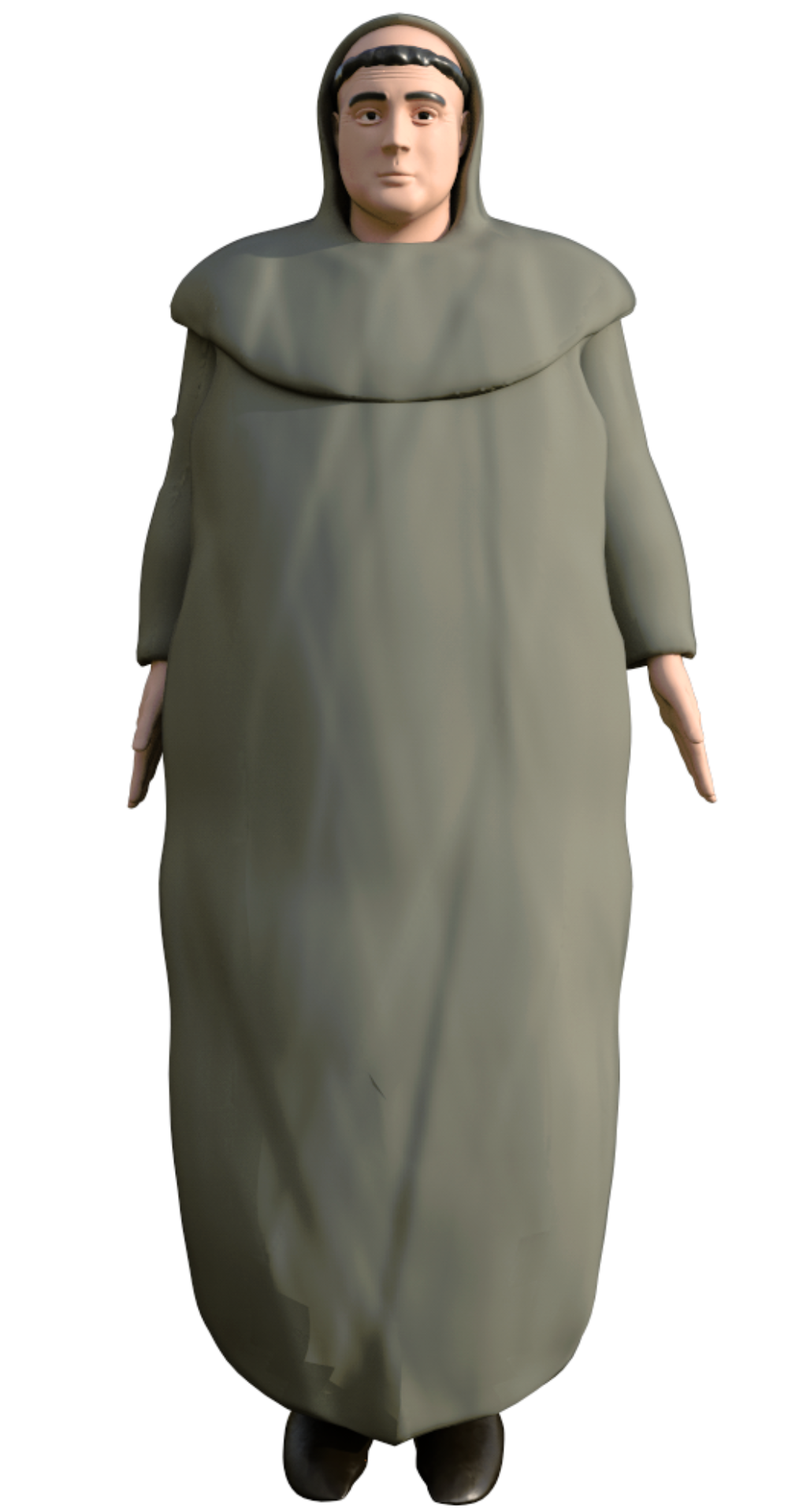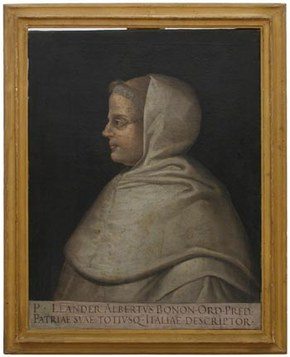Leandro Alberti
Leandro Alberti was an Italian historian, philosopher and theologian who lived between 1400-1500.
Having entered the Dominican Order in 1493, he studied theology and philosophy with Silvestro Mazzolini da Prierio while continuing to cultivate with Garzoni his humanistic and historical interests.
The first result of his studies was the contribution he gave, in just 18 days, to the drafting of “De viris illustribus Ordinis Praedicatorum libri sex in unum congesti", collective work - with Garzoni, Castiglioni, Flaminio and others - of biographies of Dominicans, printed in Bologna in 1517.
Alberti's most important work, dedicated to the French sovereigns Henry II and Catherine de' Medici, is undoubtedly the "Descrittione di tutta Italia", published in Bologna in 1550. And it is precisely inside it that the first description, the oldest one, of the Pertosa Caves dates back. Leandro Alberti is in fact considered "the first tourist" to speak about it.
«After the Pola, the Diano valley begins. It is true that between the Auletta and the said valley of Diano (which is two miles beyond the Auletta) there is on the right a Cave made by nature under the high and stony mountain 30 feet high and 50 wide, in the middle of which there is a rock, on top of which is a altar placed to the consecrated Archangel St. Michael, where Mass is sometimes said to him. On each side of the said altar the clear waters can be seen flowing, such that seems like a lake around you. Here you can hear a great rumble made by the water at the entrance, which makes in the aforementioned lake, impinging on the stones. Then it falls this water through the mouth of the cave, and overflowing down the rocks, causes a great noise, until it reaches the very dark valley, even if it is small. And here the Negro River begins, which is very large due to its abundance of water. Finding myself here curious, I wanted to understand the beginning and origin of such an abundance of water, which comes out of the said Cave, from the habitats of the country, from which it was ascertained to me that it derives from a small lake, which is found at the beginning of the Diano valley, therefore just over two miles away, or a little less, that through an underground tunnel passes through here." (“Description of all Italy”, Leandro Alberti, 1546)

